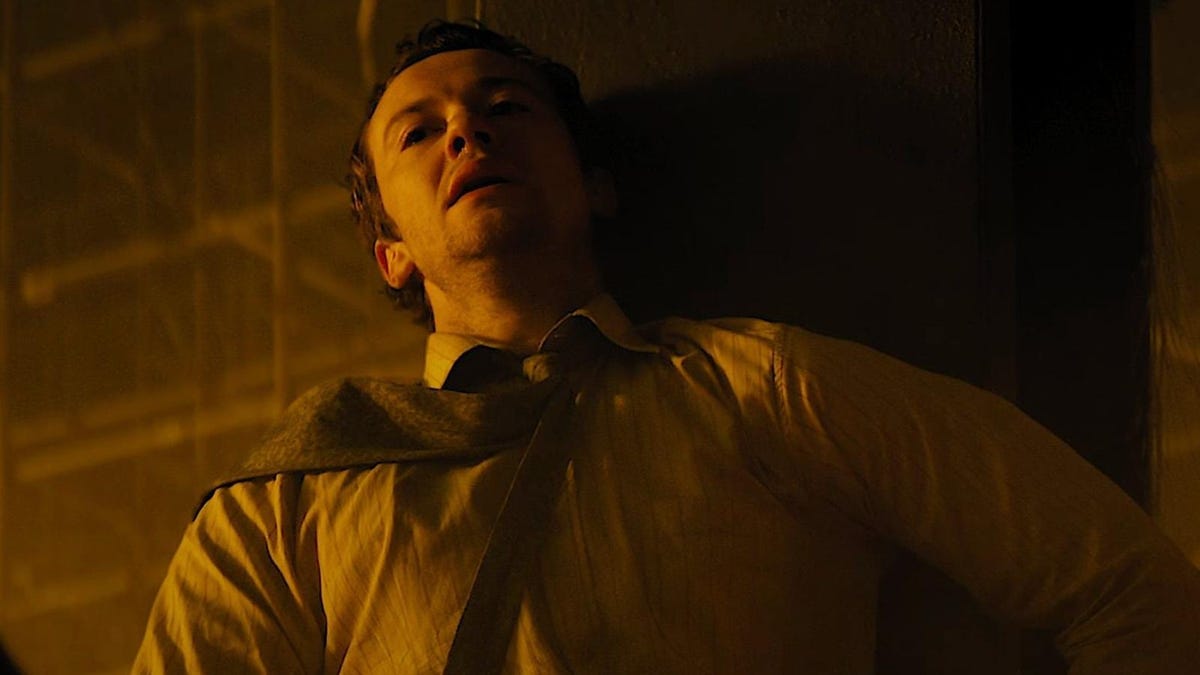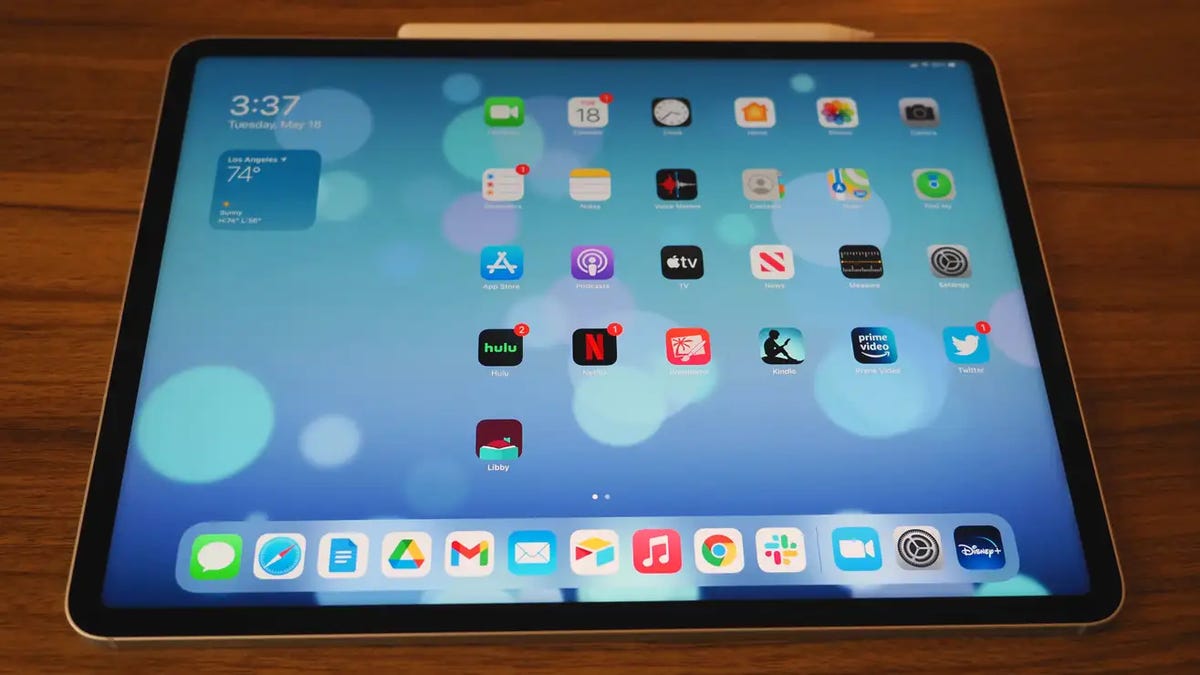Solid Studio-Quality Speakers for DJs


When Pioneer initially described their new DJ monitors, the VM-80s, I was convinced they’d be a great addition to my desk audio setup. Pioneer makes great, solid speakers, and these new monitors—essentially $289 standalone speakers that can be installed in any configuration—looked like just the trick to get some solid audio out of my lossless music files.
I wasn’t wrong. But then again, how wrong I was.
When I cracked open the box, I quickly discovered that these aren’t desktop speakers as much as behemoths fit for a DJ booth. They are, in a word, glorious, and in another word, huge.
First, let’s address the question: “Who are these for?” Pioneer sells these as powered studio monitors, which means they have a built-in amplifier and some minor digital processing power built in. Studio monitors are essentially sturdy, no-nonsense speakers designed for music production, and, like the legendary Yamaha NS10M, they are supposed to offer completely flat and accurate sound reproduction. While this seems odd in an era of heavy bass and twiddly treble, a pair of simple speakers is often the best tool available to a DJ or producer when trying to understand and fine-tune a mix.
G/O Media may get a commission

These speakers are definitely studio monitors. They have an 8-inch woofer and standard tweeter ensconced inside an unusual oval cone that works to shape the sound. Bass response is excellent and the resulting stereo projection of having two of these in a close position to your mixing desk or computer is amazing.
Arguably, this is to be expected. Speakers like these move a lot of air and I felt my desk vibrating as these things really took off. I tested it using a number of song genres, from techno to jazz to my favorite test song, Fleetwood Mac’s, “Everywhere.” “Everywhere” is interesting because it has a number of intertwined highs and lows and it can be tough to get good separation of each layer, from the twinkling chimes to the galloping bass, not to mention synthetic horns and a steel drum sound that can be lost in the chorus on lesser speakers.
Playing these songs through the VM-80 was like running a DJ booth in my attic office. I had excellent reproduction through most volume levels, and even at max volume, the sound wasn’t muddy or confused. That said, these are definitely near-field speakers that can play double duty as smaller DJ speakers. The ideal position for the VM-80s is on a stand, away from walls and windows, at about head height, and if you don’t have the room for these guys don’t even bother. Unless your desk is as big as a barn door, placing these near your keyboard or anywhere closer than five feet is going to be quite a shock. I loved how they sounded up close and at mid-volume, but I knew my eardrums wouldn’t last long if I kept them there.
So the answer to that question of who these speakers are for is, quite simply, DJs and electronic musicians. These can do double duty as stage speakers, although the design and padding definitely won’t survive being dragged from gig to gig. Instead, you could easily place these up next to your mixing station and use them to master audio or, in a pinch, invite a few friends up to your loft for an impromptu rave.

Pioneer has added an interesting trick to these speakers that is also worth exploring. Because it has a digital sound processor built in, the speakers have four bass and four treble settings that let you change the sound profile considerably.
In the second position, the speakers are absolutely flat. The other three positions will expand the low and high frequencies quite a bit, and the fourth setting will max the bass and treble completely, creating speakers that sound better in a club than in your den. I tested all of the settings and preferred the flat treble and bass to either of the others.
There are a few things to consider before picking up these beasts. First, they don’t come in pairs, so you have to pay $289 each for left and right speakers. Add in the stands, about $160 per pair, and you’re already looking at an $800 investment. Further, the speakers support XLR, phono, or RCA inputs. This means you’ll need to invest in a set of cables to connect to your standalone amplifier or to connect them directly to a computer. Because the speakers have a built-in amp you won’t have to worry too much about adding anything into the sound chain, but I enjoyed them best when they were connected to my Schiit pre-amp. That said, if you’re looking at these then you probably already have a setup in mind.
You get a lot of speaker for your money when it comes to the VM-80s, and I was very impressed, if a bit overwhelmed. Pioneer also announced a number of smaller speakers in the VM line, including the VM-50, which we’ll review as well, so your DJ dreams don’t have to be dashed if you can’t fit these in your studio. The bottom line? Pioneer made some lovely, affordable speakers that sound as wonderful as real studio monitors and even better blasting out Radiohead at high decibels.
Source link





